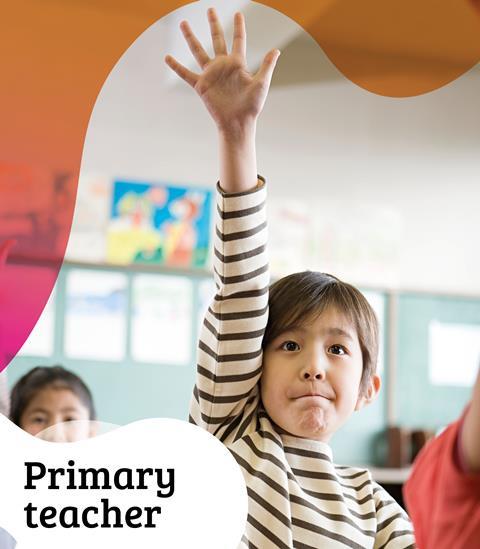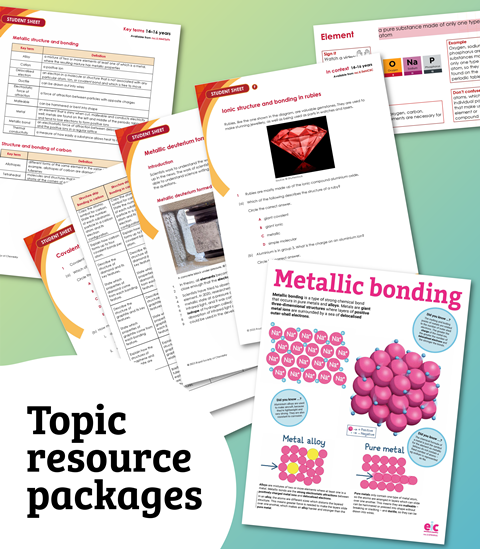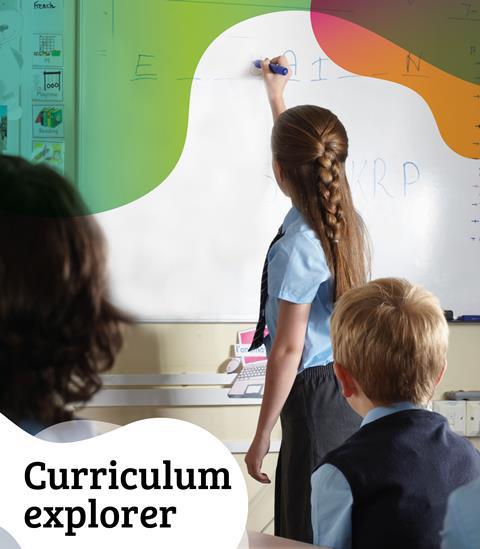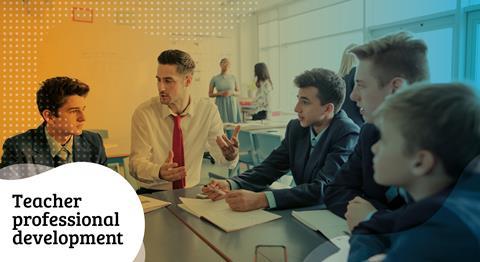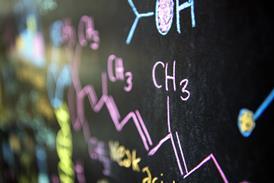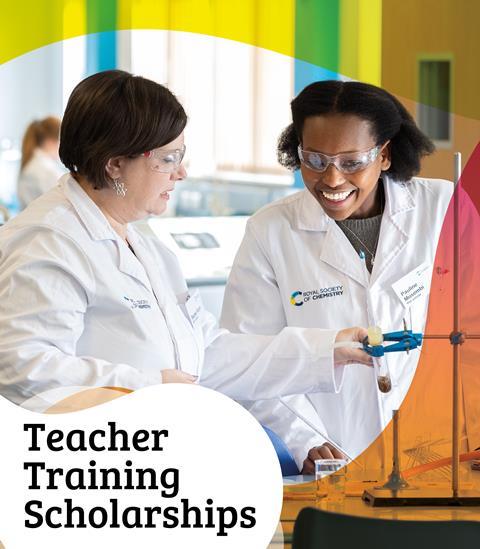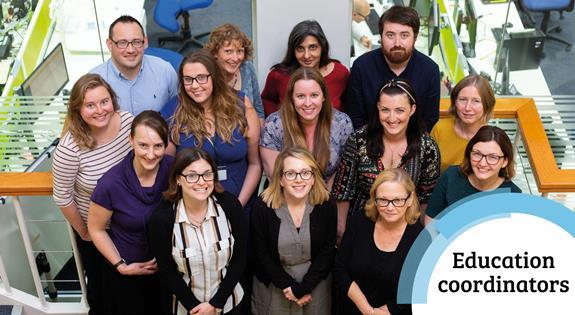All Applications of chemistry articles – Page 12
-
 Resource
ResourceThermochromic materials
A hidden use of chemistry in everyday life includes thermochromic materials that change colour when exposed to heat or cold
-
 Resource
ResourceMagic sand
Putting the magic in magic sand this resource explores hydrophobic substances and how they work
-
 Resource
ResourceChemistry in sport
Our very first global experiment compares the performance enhancement of student-made sports drinks vs water
-
 Class experiment
Class experimentChemistry in your shopping basket
Demonstrate the diversity of chemistry in our day-to-day lives with this collection of experiments. Includes kit list and safety instructions for five practicals
-
 Resource
ResourceBeat the flood challenge
Links to Practical Action’s beat the flood challenge, including the teacher and student materials, beat the flood poster, competition winners and schools’ experiences of the challenge. Video: Beat the flood
-
 Resource
ResourceHand warmers
Use these student activities and teacher guide to investigate reusable and disposable hand warmers. You will compare reusable variants made with sodium acetate vs disposable handwarmers. You can also try making your own hand warmers. These activities may work well as a project on class topics like ‘winter’ or ‘body ...
-
 Resource
ResourceWood conservation - the Mary Rose
The Mary Rose is a wooden Tudor warship that sank off Portsmouth in 1545. While on the sea bed, most of her hull became covered in silt, which effectively sealed it and the artefacts it contained in anaerobic (air-free) conditions and preserved them from decay.
-
 Resource
ResourceChemistry in your cupboard: Veet
Link the post-16 topics of amino acids and proteins, bonding, reaction rates and equilibria and Le Chateliers principle to the topic of hair removal. Learn about a range of real life contexts for these chemical ideas through written material, and questions to encourage learning and test understanding.
-
 Resource
ResourceChemistry in your cupboard: Vanish
Link the topics of group 7 elements, amino acids, proteins, fats and carbohydrates and bonding to the topic of stain removal. Learn about a range of real life contexts for these chemical ideas through written material, and questions to encourage learning and test understanding.
-
 Resource
ResourceChemistry in your cupboard: Cillit Bang
Link the post-16 topics of group 1 elements, detergents (surfactants), solvents and acids to the topic of cleaning products.
-
 Resource
ResourceChemistry in your cupboard: Harpic
Link the post-16 topics of group bonding, acid rain, equilibria and Le Chateliers principle and strong and weak acids to the topic of removing limescale. Learn about a range of real life contexts for these chemical ideas through written material, and questions to encourage learning and test understanding.
-
 Resource
ResourceChemistry in your cupboard: Calgon
Link the post-16 topics of group 2 elements, acids and bases and polymerisation to the topic of hardness of water.
-
 Resource
ResourceChemistry in your cupboard: Finish
Link the topics of rates of reaction, group 1, 2 and 7 elements, proteins, fats and carbohydrates and acids and bases to the topic of dishwasher cleaning. Learn about a range of real life contexts for these chemical ideas through written material, and questions to encourage learning and test understanding.
-
 Resource
ResourceWhy do we worry about chemicals?
Here we provide you with public facing ‘Message Notes’ aimed at the wider public. These notes have the purpose of providing balanced information explaining the risks associated with chemicals of high concern. They also explain how chemists address and manage these risks.
-
 Resource
ResourceNuclear decommissioning: turning waste into wealth
This context/problem-based learning (C/PBL) resource is part of a collection we have commissioned for you to use with your undergraduate students. This 5 credit module is based on the following scenario:Your students will consider the management of a nuclear decommissioning project with a focus on adding value by re-purposing the ...
-
 Resource
ResourceWaste to wealth videos: Peter Ivanov
This resource forms part of a collection of videos that aims to provide undergraduate students with insights into what it is like to work in the nuclear industry.In these videos Peter Ivanov explains what it is like to work as a radiochemist. He describes the role of solvent extraction in ...
-
 Resource
ResourceWaste to wealth videos: Martin Freer
This resource forms part of a collection of videos that aims to provide undergraduate students with insights into what it is like to work in the nuclear industry.In these videos Martin Freer explains what it is like to work in the nuclear industry. He describes some of the issues in ...
-
 Resource
ResourceOn This Day – Aug 04 : Nicolas-Jacques Conté born
He developed a method for making pencil leads, by mixing powdered graphite with clay and firing the mixture in a kiln. This method is still used to make pencils today. Until this point, pencil leads were made from pure graphite sticks that could only be imported to France from Cumbria in the UK. By varying the ratio of clay and graphite powder, the hardness of the pencil lead could also be changed.
-
 Resource
ResourceStreamwatch - a UK water analysis science project
The resource provides access to a water analysis kit and instructions on how to use these. Using this resource provides teachers with great potential to engaging students and enable them to see the purpose and benefits of chemical analysis. The resource could be used for project work and is particularly ...
-


